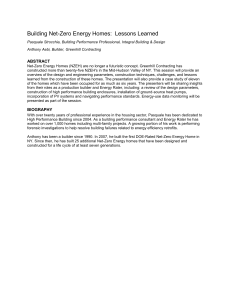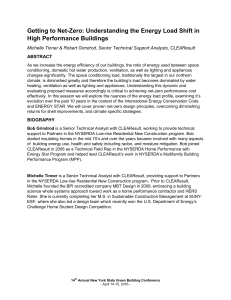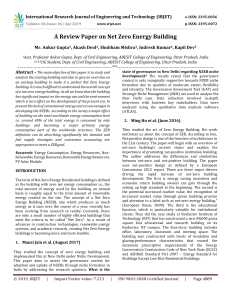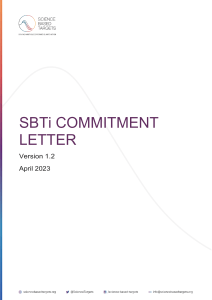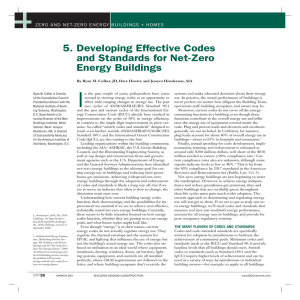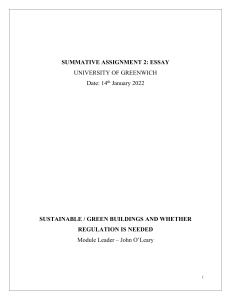Syracuse University, H.B. Crouse Building
advertisement
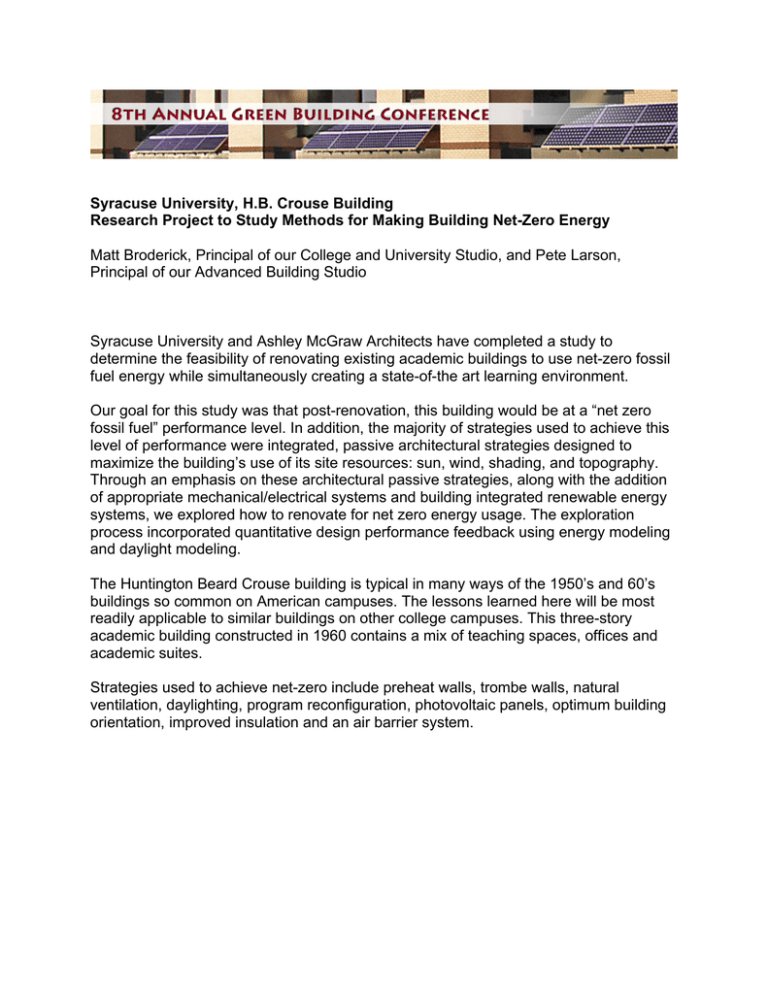
Syracuse University, H.B. Crouse Building Research Project to Study Methods for Making Building Net-Zero Energy Matt Broderick, Principal of our College and University Studio, and Pete Larson, Principal of our Advanced Building Studio Syracuse University and Ashley McGraw Architects have completed a study to determine the feasibility of renovating existing academic buildings to use net-zero fossil fuel energy while simultaneously creating a state-of-the art learning environment. Our goal for this study was that post-renovation, this building would be at a “net zero fossil fuel” performance level. In addition, the majority of strategies used to achieve this level of performance were integrated, passive architectural strategies designed to maximize the building’s use of its site resources: sun, wind, shading, and topography. Through an emphasis on these architectural passive strategies, along with the addition of appropriate mechanical/electrical systems and building integrated renewable energy systems, we explored how to renovate for net zero energy usage. The exploration process incorporated quantitative design performance feedback using energy modeling and daylight modeling. The Huntington Beard Crouse building is typical in many ways of the 1950’s and 60’s buildings so common on American campuses. The lessons learned here will be most readily applicable to similar buildings on other college campuses. This three-story academic building constructed in 1960 contains a mix of teaching spaces, offices and academic suites. Strategies used to achieve net-zero include preheat walls, trombe walls, natural ventilation, daylighting, program reconfiguration, photovoltaic panels, optimum building orientation, improved insulation and an air barrier system.
